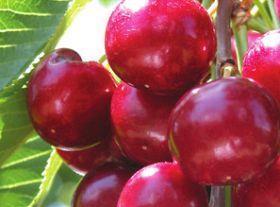
Japanese cherry imports are expected to have hit around 11,000 tonnes by the end of the US season, according to the US Department of Agriculture (USDA), a rise of 10 per cent on 2009/10.
US supplies from California and the Pacific Northwest make up the vast majority of that rise, as they do the whole import trade; the country accounts for 99 per cent of Japan’s cherry imports; 9,920 tonnes out of 10,013 in 2009.
Those figures come from the USDA’s annual report on the Japanese stonefruit market, which was released late last week.
The rise in imports can be largely attributed to the US gaining access to Japan free of methyl bromide fumigation last year.
Under a systems approach, Japan granted the Pacific Northwest methyl bromide free access at the end of the 2009 season in July, and to California in May this year.
The Japanese selling season for Californian cherries peaks from mid May to mid June, according to the report, with the Pacific Northwest cherries peaking in the market from mid June to early August.
Japan’s Ministry of Agriculture, Forestry and Fisheries (MAFF) is also considering a US bid to extend the protocol to cherries from the state of Idaho. The report said access was likely in time for the next season.
US cherries were selling at prices competitive with the domestic cherry season, which runs in June-July.
“In late June 2010, a Tokyo supermarket sold US cherries at US$4.49 (¥398) for a 300g plastic clamshell pack, and US$6.65 (¥590) for a 500g pack,” the report said.
“The size of US cherries sold at this supermarket was likely 10.5 row (25.4mm in diameter). While, domestic cherries were sold at US$4.49 (¥398) for a 200g pack at the same supermarket. Domestic cherries were fairly small sized fruit, with a likely size of 12.0 row (21.4mm in diameter) or smaller.”
US cherries are subject to an 8.5 per cent tariff in Japan.



